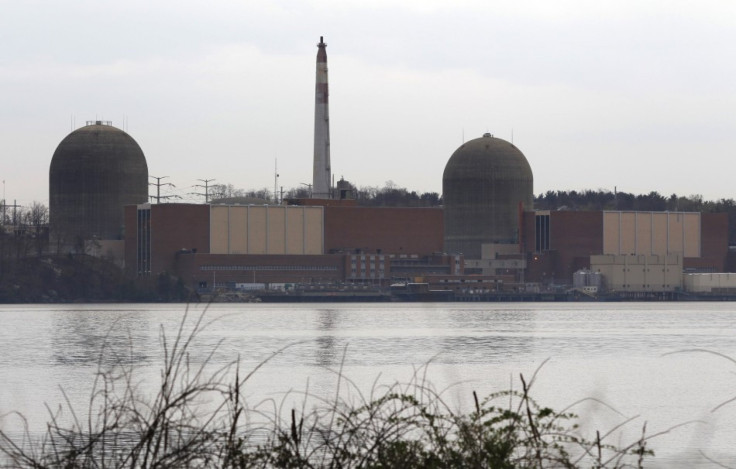Earthquake Lessons: 10 U.S. Nuclear Plants Need Checks Now

The U.S. Eastern Seaboard may have dodged a bullet from the 5.8 magnitude Virgina-based earthquake, but now it needs to quickly inspect as many as eight nuclear power plants, experts say.
The reason is that the quake that put Mineral, Va., clearly on the map isn't unusual and could recur. The eight nuclear plants are all older than Tokyo Electric Power's Fukushima plants that melted down after the March earthquake in Japan.
Lynn Sykes, a noted seismologist with Columbia University's Lamont-Doherty Earth Observatory, said in an interview that he's particularly concerned about Entergy's Indian Point Plants in Buchanan, N.Y., as well as FPL's Seabrook Plant in Seabrook, N.H.
We have to see how badly these North American plants have been shaken, he said. These plants were not designed to withstand an earthquake of this magnitude.
Sykes said he testified against the Seabrook plant around the time construction started nearly 40 years ago because it was too close to the epicenter of a magnitude six earthquake off the coast of New Hampshire in 1755. The plants all need to be checked for damage and safety, he said.
Other Eastern Seaboard nuclear plants cited by Climate Change, an independent researcher in Princeton, N.J., include:
- Sequoyah, Tenn., operated by Tennessee Valley Authority
- Watts Bar, Tenn., also TVA
- H.B. Robinson, S.C., Progress Energy
- Virgil C. Summer, S.C., South Carolina Electric & Gas
- Oconee, S.C., Duke Energy
- Vogtle, Ga., Georgia Power
Other facilities potentially at risk include a plant in Diablo Canyon, Calif., owned by Pacific Gas & Electric, and a plant in San Onofre, Calif., run by Southern California Edison.
Now that the East Coast experienced one earthquake, there's always the chance of another, said Jeroen Tromp, a Princeton computational seismologist. After any earthquake, there is always the possibility of afteshocks, he noted in an e-mail. For an event of this magnitude, these are likely to be small and their frequency tapers off quickly after the main event.
The Eastern Seaboard plants could also face potential risk from Hurricane Irene, which could cause power failures or flooding that would hamper operations.
Sykes said the fact that the Virginia earthquake was felt in over 20 states illustrates the potential for massive damage. The at-risk nuclear plants all have a two percent or greater chance of experiencing peak ground acceleration (PGA, measured in gs), exceeding 0.15 grams over the next 50 years, Climate Change estimates.
The nuclear plants are engineered to shut off if the PGA hits 0.2. Recent earthquakes in New Zealand and Chile saw peak ground accelerations of 2.2 and 0.78, respectively.
Two of Dominion Resources' reactors at its North Anna plants, only 15 miles from the quake's epicenter in Mineral, shut off automatically. One of four diesel generators stopped due to a coolant leak, the U.S. Nuclear Regulatory Commission said. Earlier this year, an NRC inspection revealed areas that were not seismically designed in their fire and flood protection zones.
The North Anna stoppage is what's supposed to happen, said Lamont-Doherty's Sykes. Now we have to see how badly these plants were shaken. A Dominion Resources spokesman said the plants had been designed to withstand a 6.2-magnitude earthquake.
Sykes, co-developer of the Pacheco-Sykes Catalog of large global earthquakes, said that while the earthquake itself was just wiggles on a seismograph, the Eastern Seaboard plants were designed with little thought to earthquakes.
Sykes, 74, is the Higgins Professor Emeritus of Earth and Environmental Sciences at Columbia University. A member of the National Academy of Sciences, he's also an expert in nuclear verification and served on the U.S. negotiating team for the threshold nuclear test ban treaty with the Soviet Union in 1974.
Tromp, 45, is director of the Princeton University Center for Science and Computational Engineering. Previously, he was Director of the seismological laboratory at California Institute of Technology.
© Copyright IBTimes 2025. All rights reserved.






















